I passed the mango tree and for some reason it reminded me of this story that Mama Hassa used to tell us. When she was a little girl she was walking home from school with her sister Sheikha. All of a sudden she found herself in a field full of headless camels. My father says it’s a dream, not a memory. But I don’t really see the need for a distinction. I think it’s a good story.
Farah Al Qasimi, excerpt from General Behaviour
Our experience of belonging is rooted in an idea of home; there is comfort in seeing the familiar reflected back in the things you’ve chosen to surround yourself with. These are things worth paying attention to because of the strange ways they carry you from the personal imaginary into the physical world, and back again, with all that you have projected onto them holding fast. For some, this is the terrain of the sentimental, the sickly-sweet wrapper of human relationships formed as an excessive emotionality that supports you as you build your own interior world. Yet we live in many places, adopting various tactics to stabilise ourselves as we are caught between wanting to belong and wanting to become. The films and photographs of Farah Al Qasimi come to us as visually excessive situational studies that capture this process of belonging: richly textured still lifes, portraits and interiors that focus our attention upon how we see, feel and initiate contact with people, places, or ways of being within today’s world – a threshold space containing all the confused traces of pasts and futures to come.

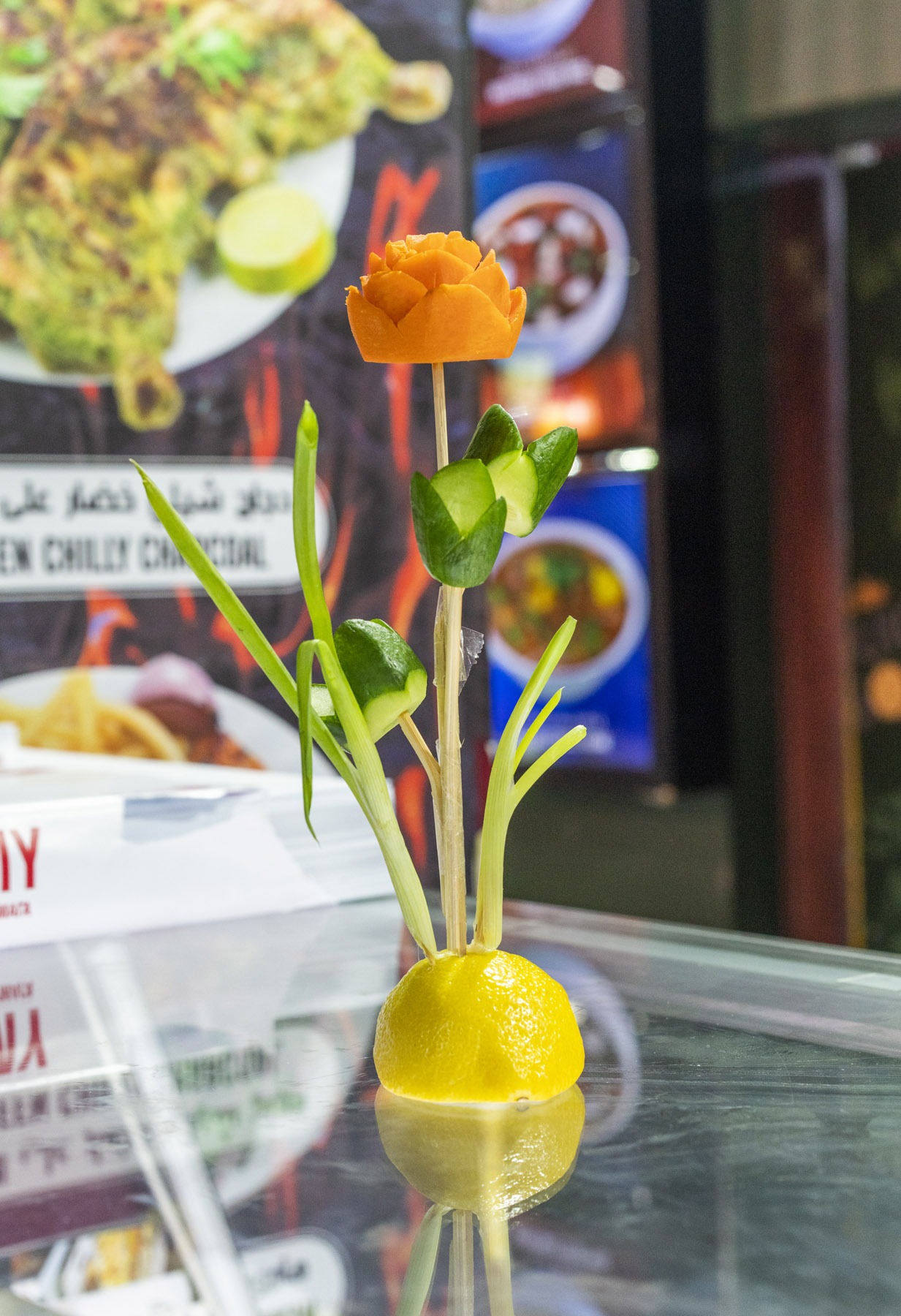
Photography has a long-standing relation to spirituality. The camera’s capacity to both deceive and record enables the photograph to slip around the real and represent something bigger than ourselves. Each work in Star Machine slowly unfolds in relation to this slipperiness, as Al Qasimi negotiates our yearning for love, intimacy, and the divine. The exhibition is titled after the photograph Star Machine (2021), a self-portrait in which the artist is depicted lying on a sofa in a lounge room, dramatically enveloped in the stars projected from the star machine. Having used this machine to move beyond the monotony of her surroundings during two weeks of quarantine, this image shows how every separation is also a connection. The walls of Al Qasimi’s family home are the thing which separated her from the world outside but they are also the surface upon which the heavens are projected. At rest within this space, Al Qasimi too becomes a canvas for the cosmos. Her hair, back and soles of her feet become the backdrop for a constellation of matter and affect. Similarly, the video General Behaviour (2020) is a simple gesture making materially manifest our shared aspirations for transcendence beyond our daily lives. Compiled from Al Qasimi’s mobile phone archives and presented on a laptop screen mockup, this video shows the artist engaged in a series of novelty seeking behaviours to both alleviate and escape her quarantine-induced boredom. Tinged with nostalgia for the world outside while embracing the internet as a means of connection, General Behaviour sums up many of the concerns that drive Al Qasimi’s output and the exhibition itself: the imagining and layering of realities, the daily performance of self, and the potential of the image as a tool for shaping complex worlds within worlds, not merely for documentation and critique.
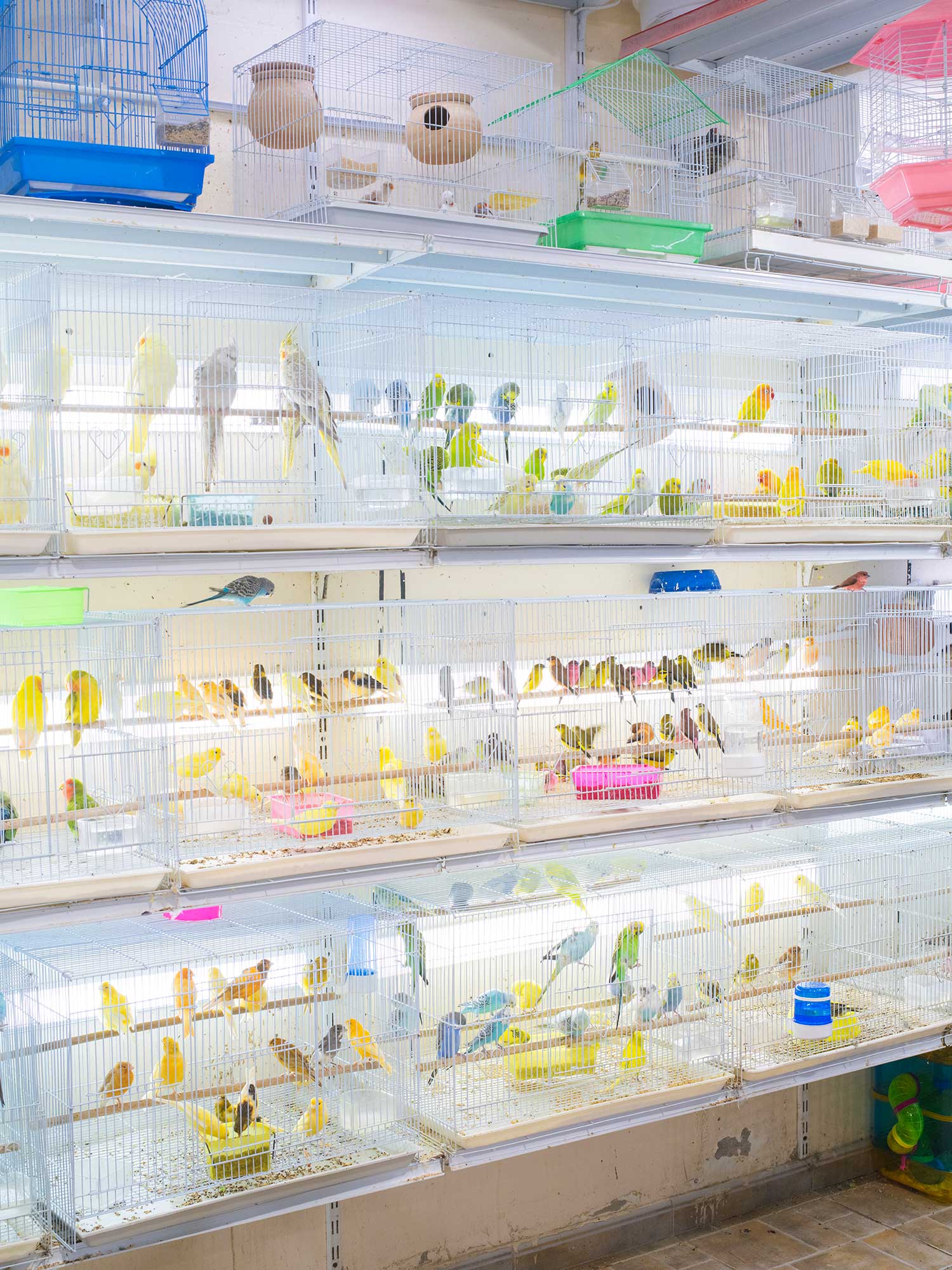
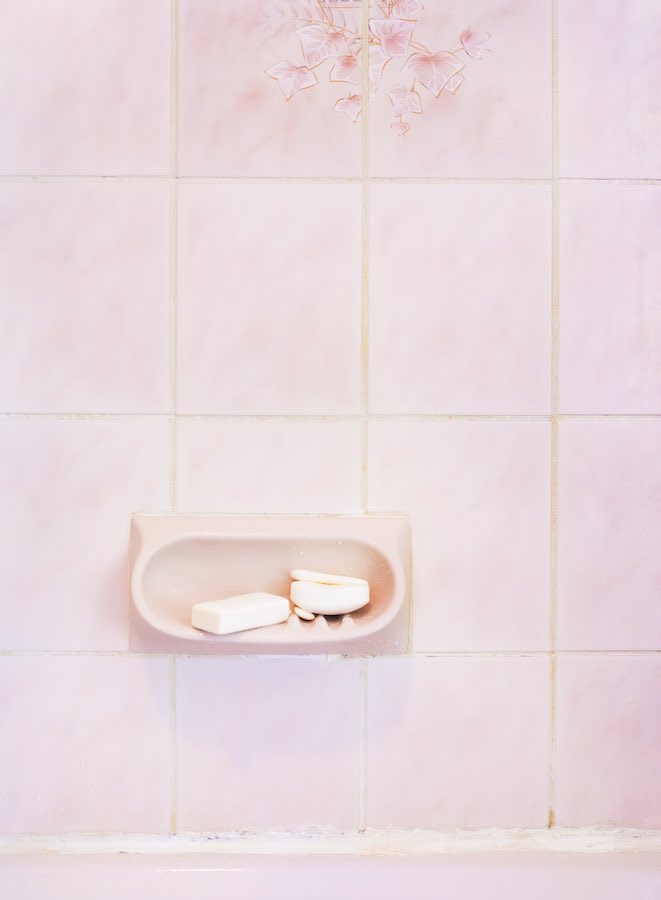
Emotion is a current that dissolves all the boundaries of a person’s subjectivity and helps you to recognise truths outside of your own. While the titles of Al Qasimi’s photographs are objective descriptions, those features which might identify a person or place are often deliberately concealed through camouflage, coverings, disembodied limbs, reflections, misdirection, or a simple turn of the head. One reading of this obscuration might identify Al Qasimi’s photographs as being against looking. Rather, her images unsettle and expand the gaze because everything comes to the surface at the same time. Through a cluster of pastel birds or a spray of stars she invites the gaze and draws us into the lives of friends and strangers, children and youths, women and men, many of whom dwell amidst glittering shopping malls and domestic interiors in the United Arab Emirates and the United States of America. Through these kaleidoscopically stylised settings, Al Qasimi opens out the ambiguity inherent in our efforts to locate grounded identities and attachments in a persistently mutable world.
Al Qasimi’s approach to image-making is critical and reparative. The works in Star Machine flicker between darker moments of disconnection – seen in Bahia Palm Tree (2020) and Bridal Flower Shop (2020) – to the idyllic expressions of care, community and faith in Prayer Rugs (2021), Marwa Braiding Marah’s Hair (2019) and Carrot Rose (2020). Between these poles, Al Qasimi maps the traces of affect that simultaneously hold and punctuate our daily lives. Through a mixture of close-ups, mid-shots, and long-shots, that at times almost completely dissolve the subject, she positions the viewer at an intimate distance, as part of a general atmospheric disturbance. However, there is a point in Al Qasimi’s photographs where certain elements become visible: ‘I did not see her lying on the sofa,’ my colleague remarks. Apologetically, as if this failure of perception is an admission of guilt. By leaning into the affective potential of images, Al Qasimi builds worlds in which the distinction between memory and dream, or the boundedness of geography and language, need not apply. Her images contain clear signifiers of Emirati identity, and yet they exist between nations and across cultures, becoming difficult to place in either the Emirates or America. In such worlds, the viewer must relinquish their desire to control how meaning is made, to accept that some narratives will remain opaque, and participate in an effortful ethical mode of understanding which is not produced by names, codes or classifications but is predicated on unknowability.
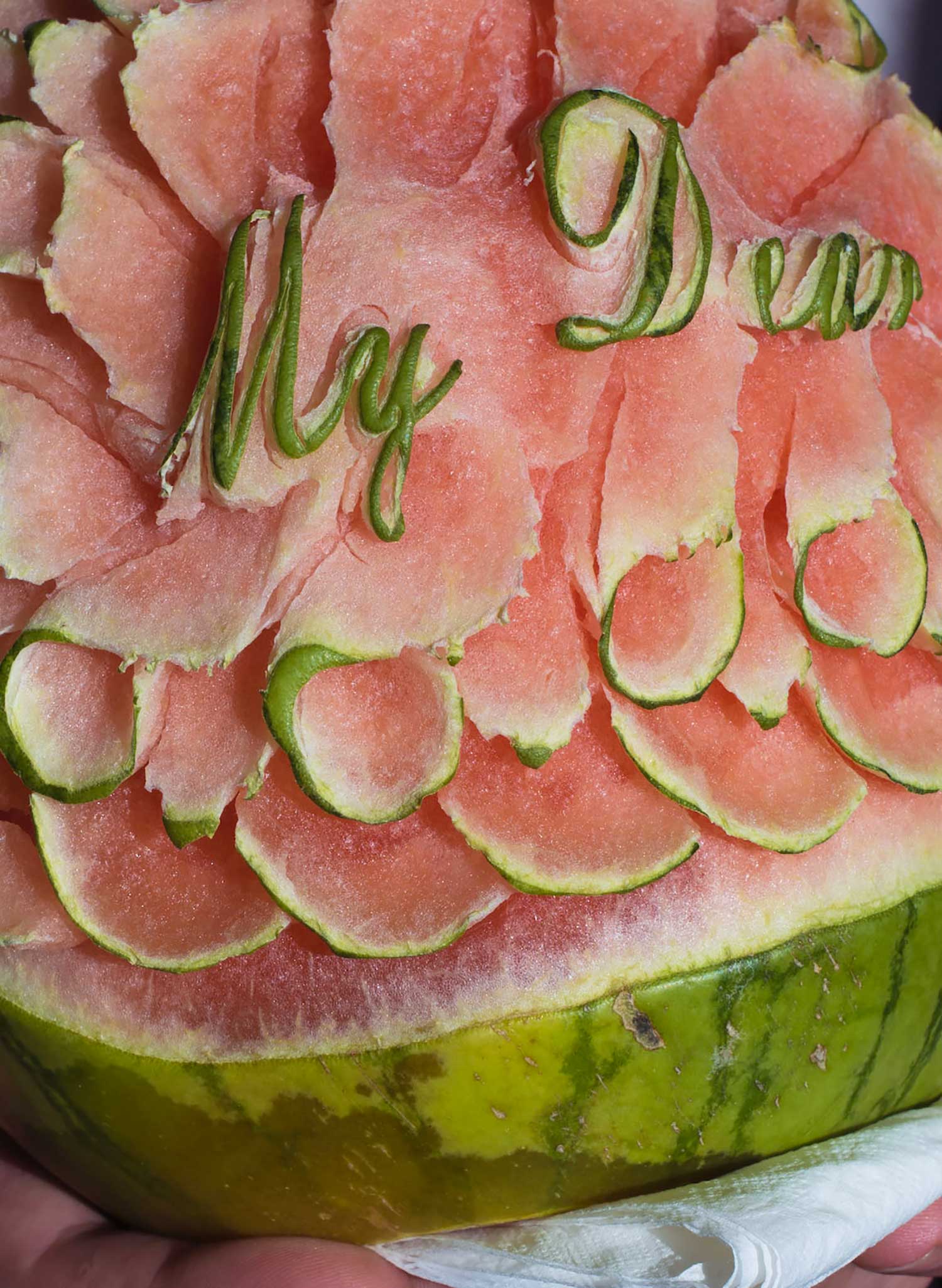
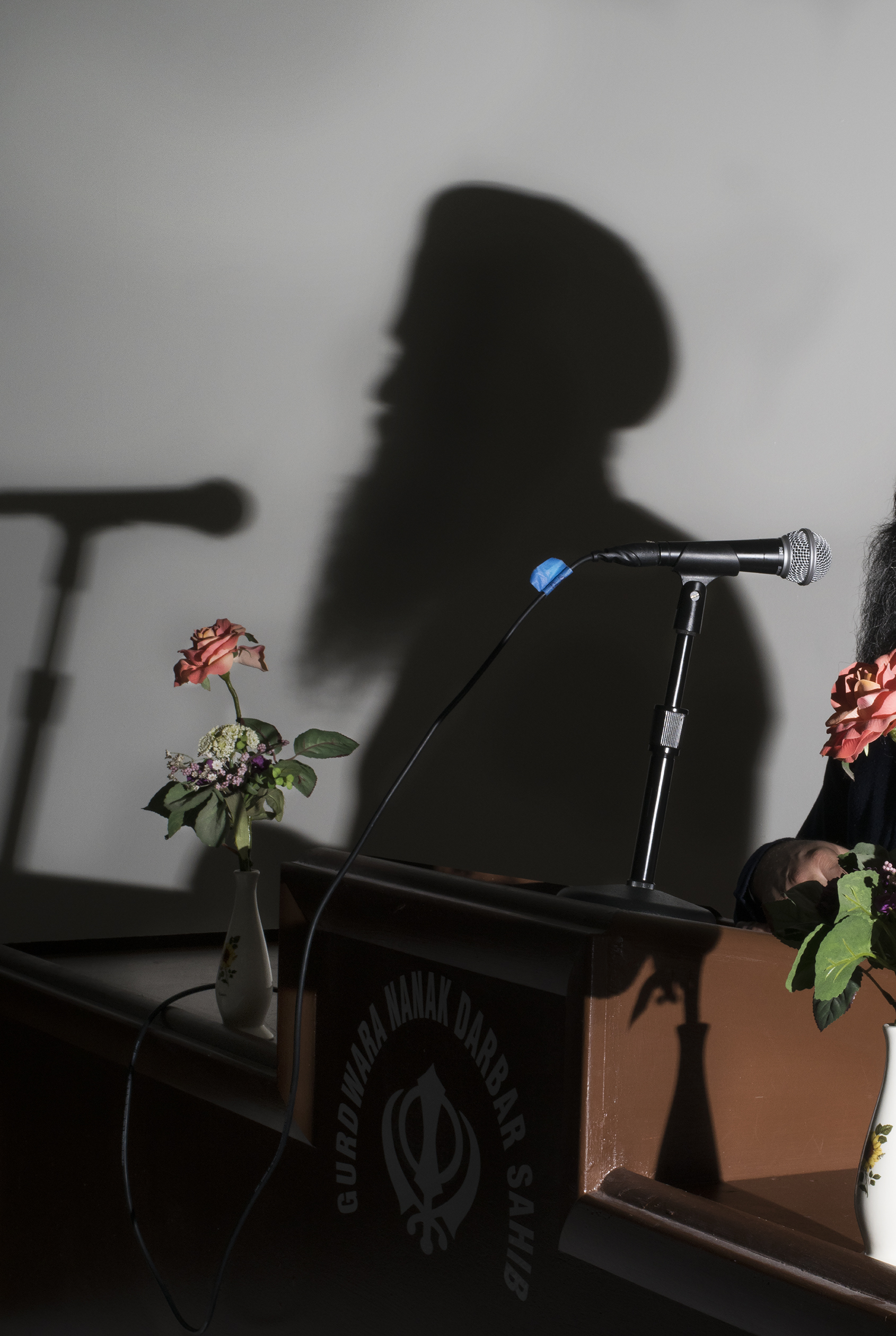
Star Machine offers an account of the fraught ethics of belonging within a hyper-mediated reality. Our constant connectedness has contributed to the endless re-framing of social questions as purely personal: the personal can be political, and the political can be performed. An empowered person can be passive, feminine, self-sacrificing. However, oppression might lurk in the form of choice, independence and self-empowerment. In WhatsApp Greeting (2021), A Reclining (2020) and Signature Hookah Lounge (2019), Al Qasimi creates an air of detached intimacy that prompts a new reading of the female subject and her/their position in society. The image of each women has been carefully crafted, their outfits and surroundings tactfully employed with a calculated awareness of female beauty culture and its transcultural signifiers. In doing so, Al Qasimi repurposes social media’s aspirational culture and its reliance upon emotionality and narcissism to further complicate the assumption of photography as a transparent reflection of the self and its desires.
In General Behaviour the artist recounts – in the manner of a diary entry – a man who, in leaving his perfume at her home, made her feel depressed. For Al Qasimi, ‘The lingering sensation of this aggressively musky synthetic scent, aptly named Executive Man or Intense Voyage or any combination of masculine sounding words’ felt incredibly intimate, ‘as if she had gotten too close to him’. To her, ‘he was pleading with everybody to believe something that wasn’t true.’ Why did intimacy leave her feeling depressed? Is it because scent has the strongest connection to memory and emotion? What story was this man trying to tell? Al Qasimi’s emotional attunement explains the sense of distance and familiarity evinced by her work,as each carefully crafted image – be it blue Gatorade, white soap, or carrot roses – is a site of emotional excess cultivated by the agonising intimacy of constant connectedness.

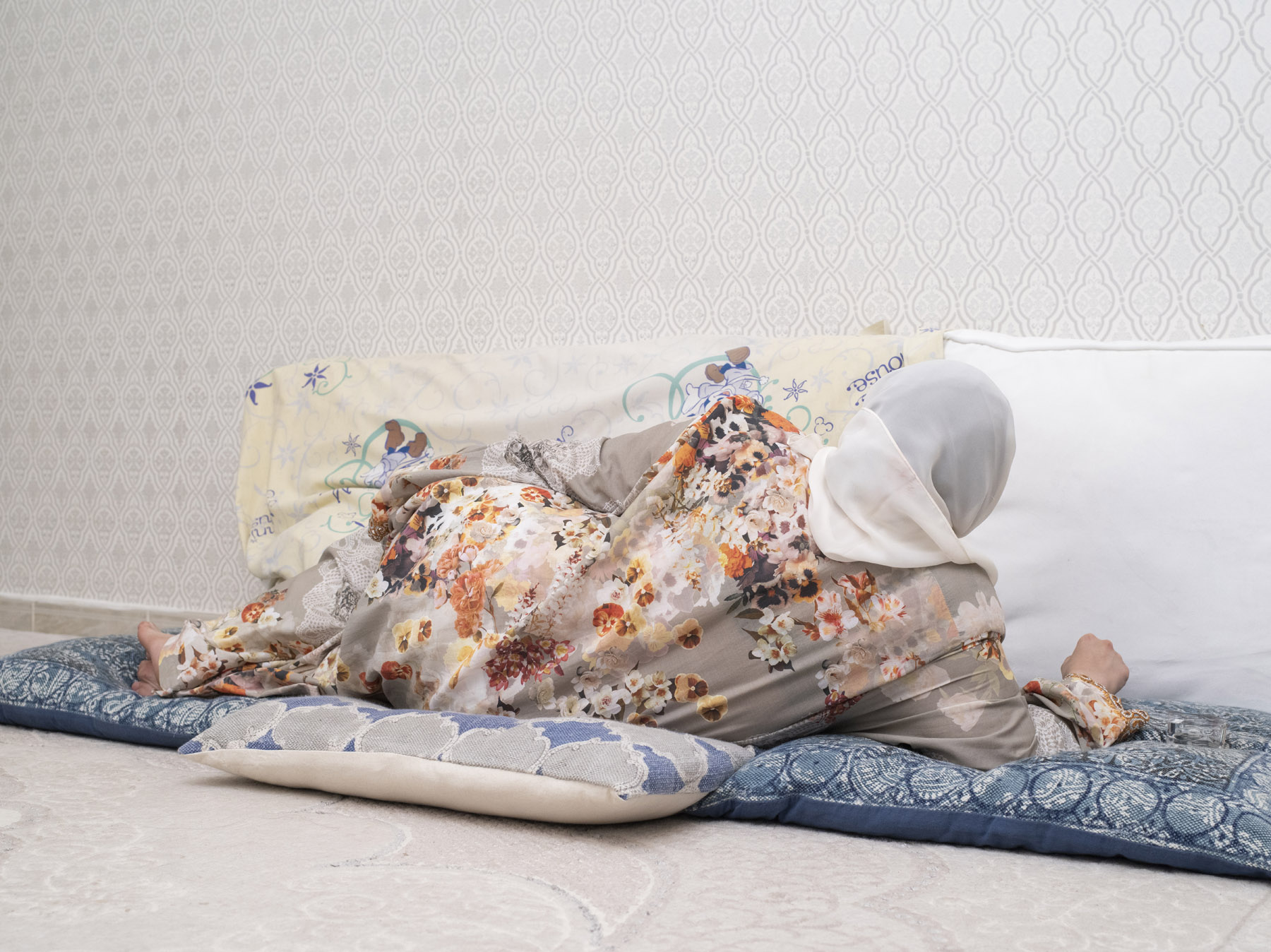
In the endless resharing of images, complex narratives are flattened, subtlety and nuance simplified into a question of simple truth. In the photograph Gurdwara Nanak Darbar Sahib (Kansas) (2017), the silhouetted profile of a turbaned man withholds easy categorisation. Standing at a lectern alongside two pink roses, this evocative image transmits vulnerability and tenderness, yet the shadow he casts might also arouse promise or trigger suspicion. Shadows have always been implicated in reality and illusion. Employed within the Western tradition as a device to deceive the eye, and in doing so, mislead people about the true nature of reality, shadows speak to the air of the atmosphere (both meteorologically and affectively) and stand in for a multitude of views; their dark, mysterious interiors susceptible to all manner of projection. Gurdwara Nanak Darbar Sahib (Kansas) was taken by Al Qasimi in the wake of a hate crime in which one Indian American man was murdered and two others injured. A truth that once uncovered will shift your reading of this image. Al Qasimi manipulates the codified expectations of how images are constructed and understood between Europe, America and the Middle East, making visible the misconceptions and stereotypes that exist between cultures in order to frustrate this entire network of images and our understanding of them.
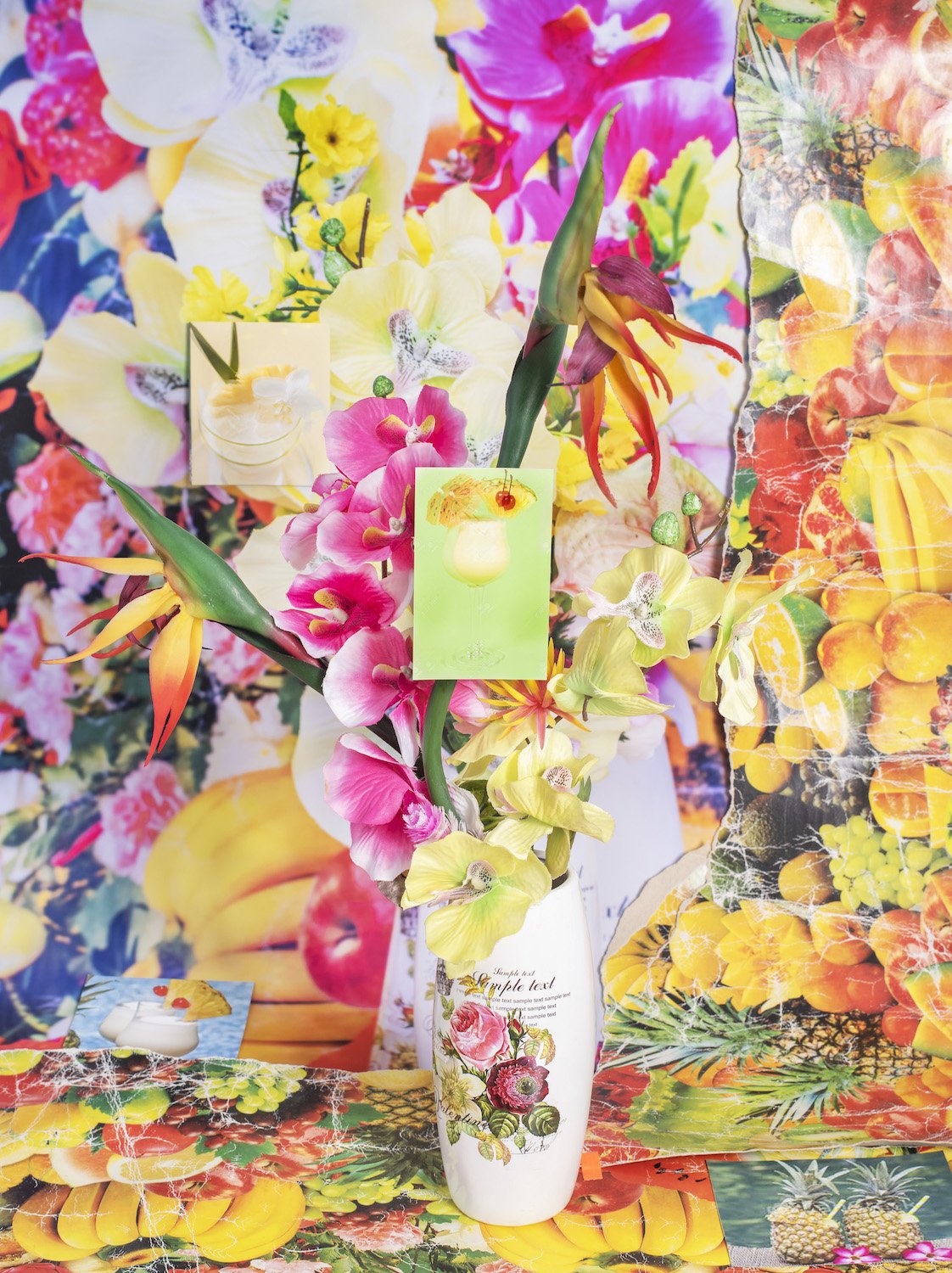
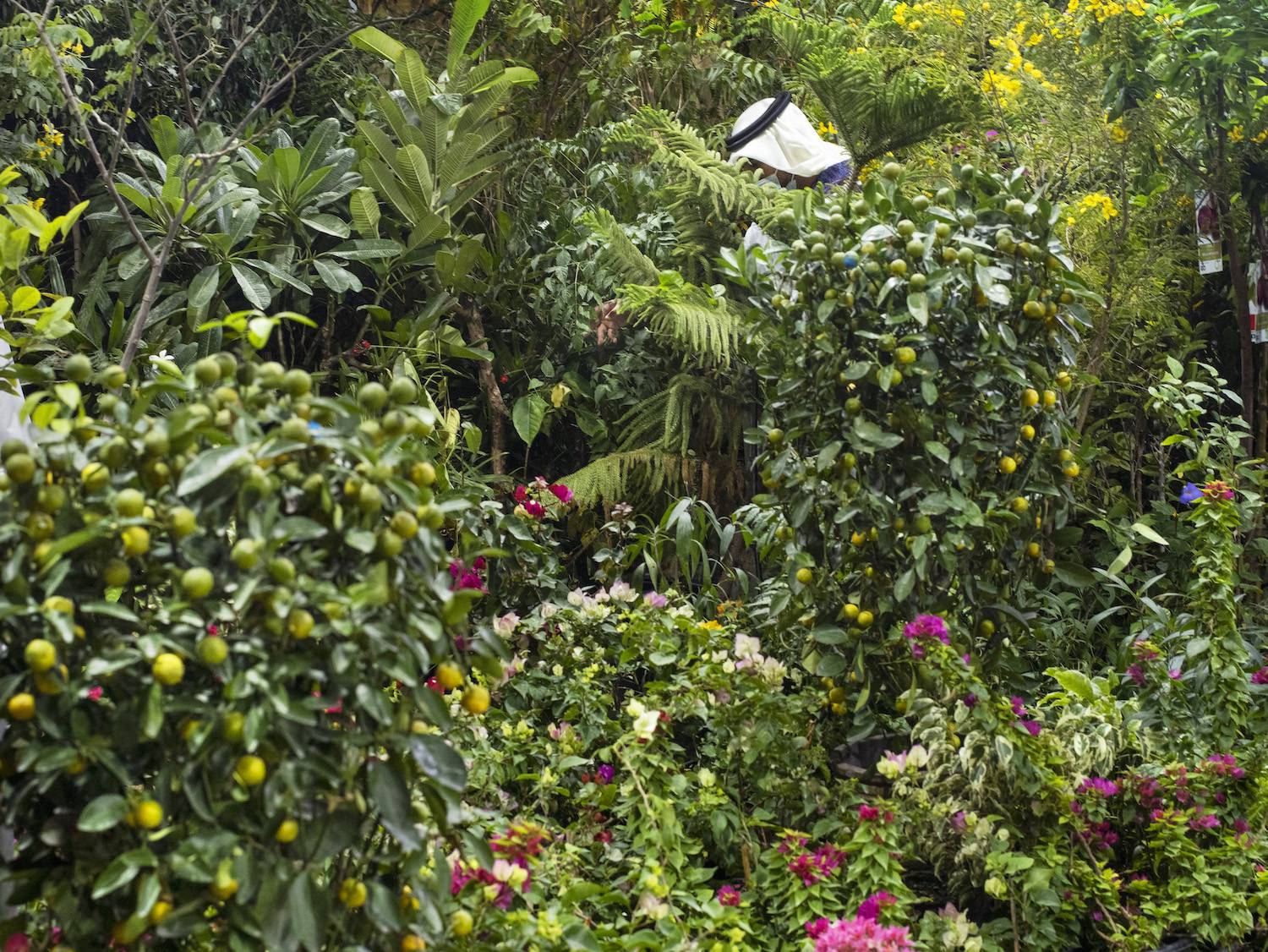
Star Machine offers an experience of photography that is both elusive and substantive. All images contain barriers to understanding and at the same time the image is the way through. The sentimental narratives we tell ourselves and each other are exclusionary but they are also our means of connection. So, where do we really go when we see Al Qasimi’s photographs of malls, prayer rugs, plant markets or LED displays? Such images show us that transcendence is not predicated on privilege nor access to a special experience but rather is intimately entwined in the grain of the ordinary. Through the inherently social medium of photographyAl Qasimi reveals how we employ images to seek out sensations of closeness in the face of physical separation; that spiritual experience must not always be threatened by consumption; how neoliberalism’s individualisation of well-being need not run rampant; and intuitively communicates how images can be coping strategies. We all deal in tricks when seeking transcendence, for it is the unknowable ‘beyond’ which promises the future. And so, being able to see the woman amidst the stars is what may help us to navigate the unknowable stories we encounter along the way.
This text is thankful for the writings of Sophia Al Maria, Homi K. Bhabha, Joan Didion, Édouard Glissant, Chris Kraus, Legacy Russell and Simone Weil, and interviews between Farah Al Qasimi and Brendan Embser, Elle Pérez and Maya Binyam.











